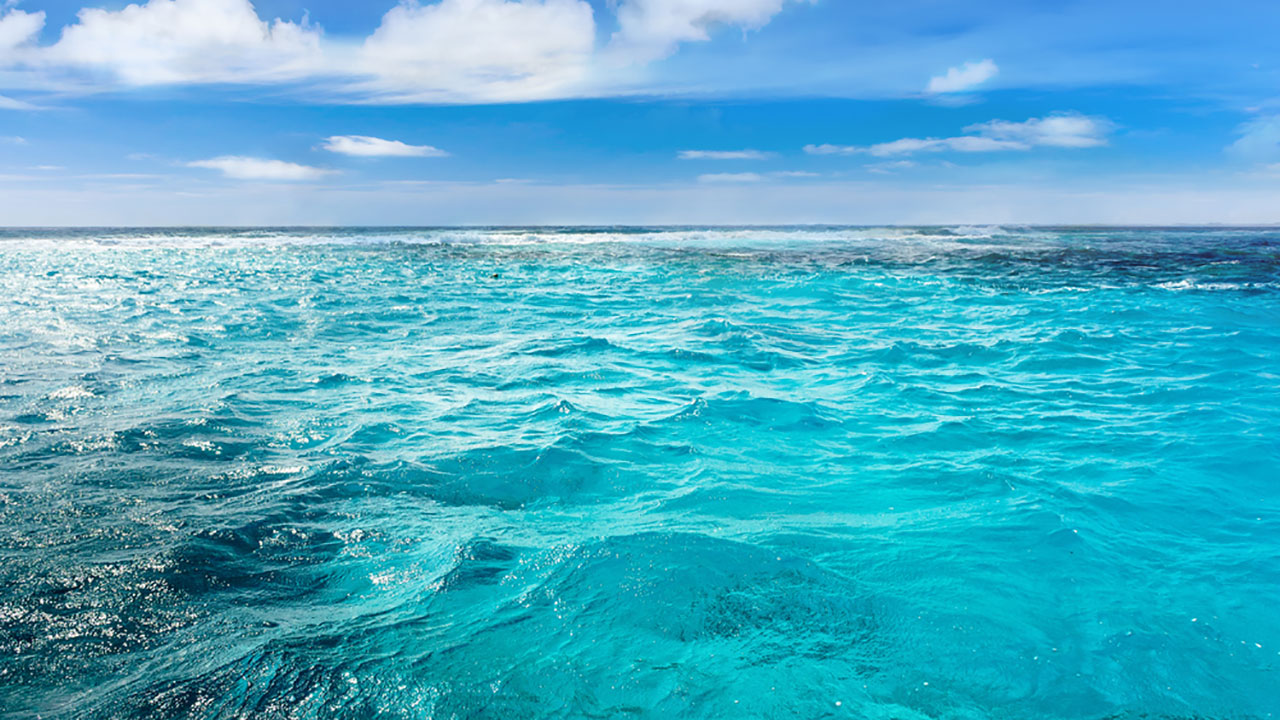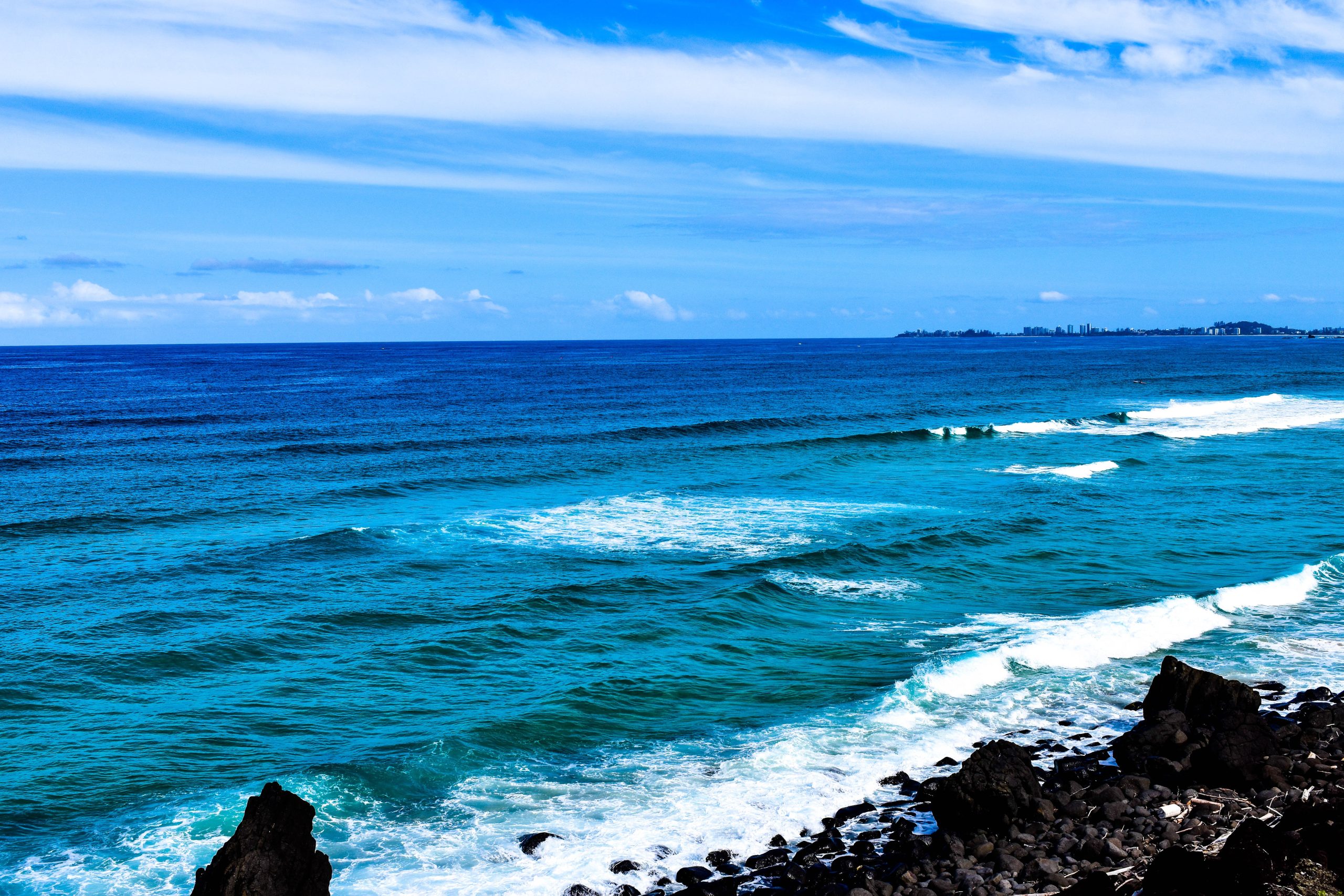The world beneath the waves holds a myriad of mysteries waiting to be explored. From vibrant coral reefs teeming with life to the darkest depths where sunlight can’t penetrate, the oceans cover over 70% of the Earth’s surface, yet much of it remains uncharted and undiscovered. In this article, we delve into the secrets of the sea, uncovering its wonders and complexities.
Define the Oceanic Realm
The ocean, a vast body of saline water that covers much of the planet’s surface, is divided into several distinct zones based on depth and distance from the shore. These include the sunlight zone, twilight zone, midnight zone, abyssal zone, and hadal zone, each with its unique characteristics and inhabitants.
Sunlight Zone
The sunlight zone, also known as the euphotic zone, extends from the surface down to around 200 meters. Here, sunlight penetrates, allowing photosynthesis to occur, supporting a diverse array of marine life, including colorful coral reefs, fish, and marine mammals.

Twilight Zone
Below the sunlight zone lies the twilight zone, extending from 200 to 1000 meters. Here, sunlight is scarce, and bioluminescent organisms illuminate the darkness. Creatures adapted to low light levels, such as lanternfish and vampire squid, thrive in this mysterious realm.
Midnight Zone
The midnight zone, or the bathypelagic zone, spans from 1000 to 4000 meters deep. Complete darkness reigns here, and the pressure is immense. Despite the harsh conditions, a variety of bizarre-looking creatures, such as gulper eels and deep-sea anglerfish, call this zone home.
Abyssal Zone
The abyssal zone extends from 4000 to 6000 meters and is characterized by near-freezing temperatures and high pressures. Strange and otherworldly creatures, such as giant isopods and tripod fish, inhabit this inhospitable environment.
Hadal Zone
The hadal zone, found in the ocean’s deepest trenches, plunges beyond 6000 meters. Despite the extreme conditions, life thrives even here, with unique organisms adapted to survive in near-freezing temperatures and pressures that would crush most submarines.
Importance of Ocean Exploration
Ocean exploration is crucial for understanding Earth’s ecosystems, biodiversity, and climate systems. By studying the ocean’s depths, scientists can uncover new species, discover potential sources of medicine and renewable energy, and gain insights into the planet’s geological processes.
Biodiversity Hotspots
The ocean is home to a staggering array of life forms, many of which have yet to be discovered. Coral reefs, often referred to as the rainforests of the sea, are biodiversity hotspots, supporting millions of species, from microscopic plankton to large apex predators like sharks.
Climate Regulation
The ocean plays a vital role in regulating the Earth’s climate. It absorbs heat and carbon dioxide, helping to mitigate the impacts of climate change. Understanding ocean currents, carbon sequestration, and the ocean-atmosphere interaction is essential for predicting future climate patterns.
Economic Opportunities
Ocean exploration also presents economic opportunities, from fisheries and aquaculture to tourism and bioprospecting. By unlocking the secrets of the sea, we can harness its resources sustainably while preserving its delicate ecosystems for future generations.
Types and Categories of Ocean Exploration
Ocean exploration encompasses a wide range of disciplines and methodologies, each serving a unique purpose in unraveling the mysteries of the deep.
Submersibles and ROVs
Submersibles and remotely operated vehicles (ROVs) allow scientists to explore the ocean’s depths firsthand, collecting samples, conducting experiments, and capturing high-resolution images and video footage.
Autonomous underwater vehicles (AUVs) are unmanned, self-propelled vehicles equipped with sensors and cameras, enabling them to map the ocean floor, study marine life, and monitor environmental conditions autonomously.
Satellites and Sonar
Satellites and sonar technology provide a bird’s-eye view of the ocean, allowing scientists to monitor sea surface temperatures, track ocean currents, and detect underwater features such as seamounts and hydrothermal vents.
Symptoms and Signs of Oceanic Degradation
Despite its vastness, the ocean is facing unprecedented challenges due to human activities, including overfishing, pollution, climate change, and habitat destruction.
Coral Bleaching
Coral reefs, one of the most diverse ecosystems on the planet, are under threat from rising sea temperatures, pollution, and ocean acidification, leading to widespread coral bleaching and die-offs.
Plastic Pollution
Plastic pollution poses a significant threat to marine life, with millions of tons of plastic waste entering the ocean each year. Plastic debris harms marine animals through ingestion, entanglement, and the release of toxins into the water.
Overfishing
Overfishing depletes fish stocks, disrupts marine ecosystems, and threatens food security for millions of people who depend on seafood as their primary source of protein.
Ocean Acidification
Ocean acidification, driven by the absorption of carbon dioxide from the atmosphere, poses a grave threat to marine life, especially organisms with calcium carbonate shells, such as corals, mollusks, and plankton.
Factors of Oceanic Degradation
Human activities are the primary drivers of oceanic degradation, with factors such as pollution, overexploitation, climate change, and habitat destruction taking a toll on marine ecosystems worldwide.
Pollution
Pollution from land-based sources, including agricultural runoff, industrial discharge, and plastic waste, contaminates coastal waters, harming marine life and ecosystems.
Overexploitation
Overfishing and destructive fishing practices, such as bottom trawling and dynamite fishing, deplete fish stocks, destroy habitats, and disrupt marine food webs.
Climate Change
Climate change, fueled by greenhouse gas emissions, leads to rising sea temperatures, ocean acidification, sea level rise, and extreme weather events, all of which impact marine ecosystems and biodiversity.
Habitat Destruction
Habitat destruction, including coastal development, coral mining, and mangrove deforestation, destroys critical habitats such as coral reefs, mangroves, and seagrass beds, reducing their resilience to environmental stressors.
Tests for Oceanic Health
Diagnosing and monitoring the health of the ocean requires a combination of scientific methods, including water quality testing, biodiversity surveys, remote sensing, and ecological modeling.
Water Quality Testing
Water quality testing measures parameters such as temperature, pH, dissolved oxygen, nutrient levels, and pollutant concentrations to assess the health of marine ecosystems and detect pollution hotspots.
Biodiversity Surveys
Biodiversity surveys document the abundance, diversity, and distribution of marine species, providing insights into ecosystem health, species interactions, and the effectiveness of conservation measures.

Remote Sensing
Remote sensing techniques, including satellite imagery, aerial surveys, and acoustic monitoring, enable scientists to study large-scale oceanographic processes, such as sea surface temperatures, ocean currents, and marine habitat mapping.
Conclusion
The ocean, with its vastness and depth, holds both beauty and mystery. It’s a realm of incredible biodiversity, crucial for regulating the Earth’s climate and providing valuable resources. However, it’s also facing unprecedented challenges due to human activities. From overfishing and plastic pollution to climate change and habitat destruction, the ocean is under immense pressure. But there is hope. Through scientific research, conservation efforts, and sustainable practices, we can work towards restoring and preserving the health of our oceans.










